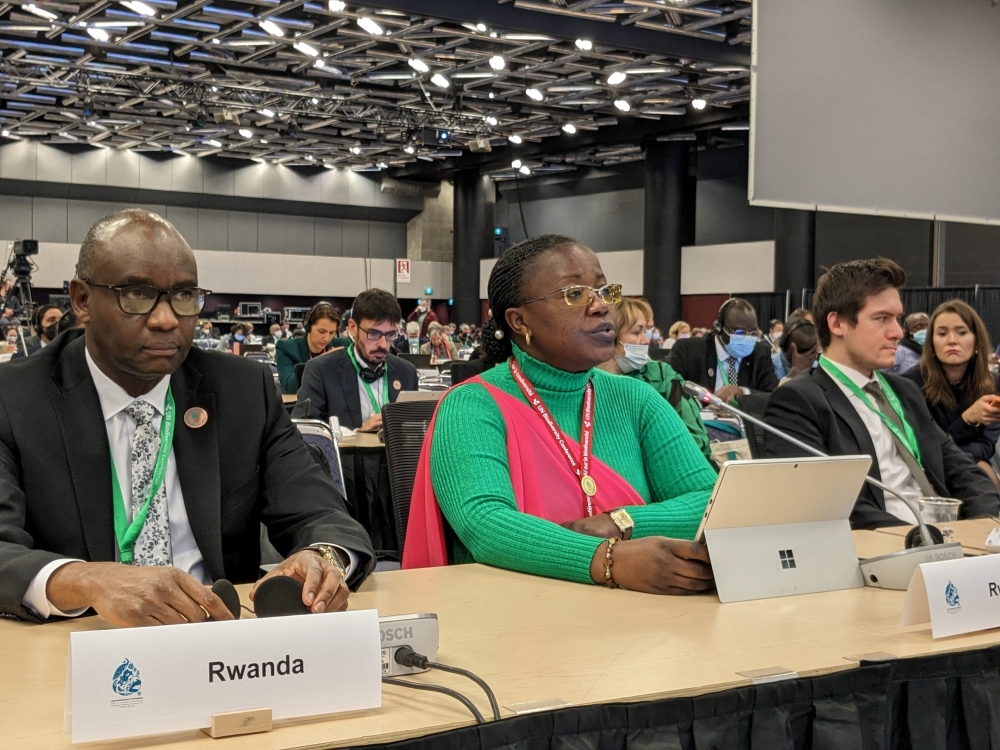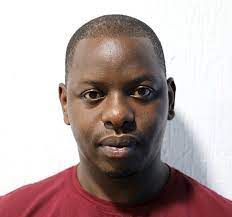

Biodiversity conservation experts in Rwanda have called for increased finance to prevent the extinction of threatened species, particularly for those that are most at risk of extinction, and restore species of ecological importance.
The call is made amidst the UN Biodiversity Conference, also known as COP15 running from December 7 to December 19 in Montreal, Canada that the government of Rwanda is attending.
It was also made during the Africa Mountains Week 2022 from December 11 to December 16, an Africa Mountains Community-to-Community Exchange to promote information and knowledge exchange on best agricultural practices, biodiversity conservation, sustainable tourism, and value addition on products from the mountain communities.
The exchange put into consideration the climate actions that are gender inclusive to ensure that there is a fair representation of all the groups of people in the mountain communities that protect biodiversity species from extinction.
Women role in mountains&039; environmental protection and social and economic development has been emphasized as they are guardians of biodiversity, keepers of traditional knowledge, custodians of local culture, and experts in traditional medicine.
Some species decreased by 70 per cent
Sam Kanyamibwa, the Executive Director of Albertine Rift Conservation Society (ARCOS) told The New Times that a study they carried out in partnership with the Rwanda Environment Management Authority (REMA) found that there are many biodiversity species in wetlands and mountains that are at risk of extinction.
"There are some wetlands that have totally disappeared and those that survived are gradually being threatened. Most of the wetlands are located on mountains and few of them are conserved. Some species decreased by 70 per cent. We have realized that some wetlands such as Nyandungu wetland have been restored and more should be restored and conserved,” he said.
He said that the ongoing conference on biodiversity conservation in Canada is timely considering that some species are at risk of extinction.
"Measures have to be taken because in the past 10 years, there has been loss of biodiversity species that need to be saved,” he said.
40 per cent of wetlands lost their quality
The survey, dubbed "Wetlands Biodiversity and Ecological Integrity Assessment”, was conducted by Albertine Rift Conservation Society (ARCOS Network) shows that 40 per cent of wetlands have lost their quality due to encroachment.
The assessment found that at least eight bird species, three mammals, two fish species, one amphibian and two reptiles were endangered or threatened due to wetlands encroachment that led them to lose ecological integrity or quality.
However, the study revealed that the level of pressure of threats to the wetlands’ biodiversity is at 65 per cent while the level of action to respond to the threats is only at 35 per cent.
Kanyamibwa said that while the community should be engaged in biodiversity restoration by planting more trees including native trees.
Phillipe Kwitonda, the Director General of Land, Water and Forestry at the Ministry of environment said that the newly developed National Land Use master plan and wetland master plan in Kigali city will guide interventions in biodiversity and environment conservation in the country.
" We are also encouraging communities to increase native trees which were found to accommodate a lot of biodiversity species including those that are at risk of extinction,” he said.
Rwanda’s statement at UN Biodiversity conservation
On Thursday December 15, Rwanda made a statement that says: "We are protecting endangered species including the majestic Mountain Gorilla and the Eastern black rhino. We must put nature first, address unsustainable consumption, and agree on a new global biodiversity framework that protects all life on earth.”
Jeanne D’arc Mujawamariya, Rwanda’s Minister for environment said: "We can achieve a framework with specific targets, commensurate financing, technical support and technology sharing if we work together - across borders and boundaries.
She said that Rwanda is expanding its national parks to contribute to the global target of 30 percent of land and sea under protection by 2030, and 50 percent by 2050.
" We are maintaining and growing our forest coverage, which is currently 30.4 percent, to increase carbon stocks and habitats. As we define a biodiversity framework fit for the future, the Commonwealth’s Blue Charter and Living Lands Charter are valuable tools to strengthen our commitment to nature,” she said.
Rwanda has committed to increase the resources and funds spent on biodiversity preservation and restoration from current 0.5-0.9 per cent to two per cent of the national GDP in line with the global goal to double the percentage of GDP spent on biodiversity preservation and restoration


